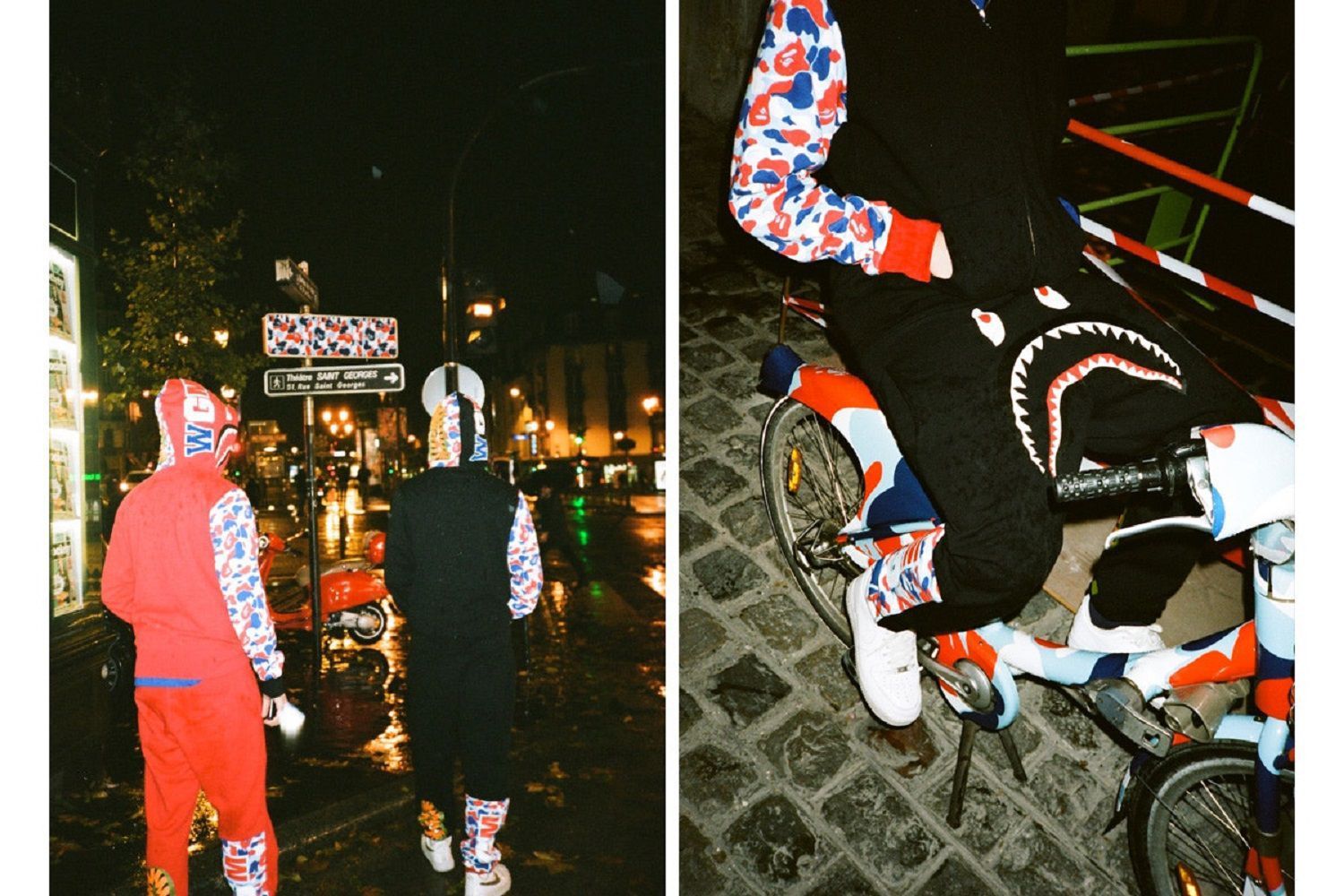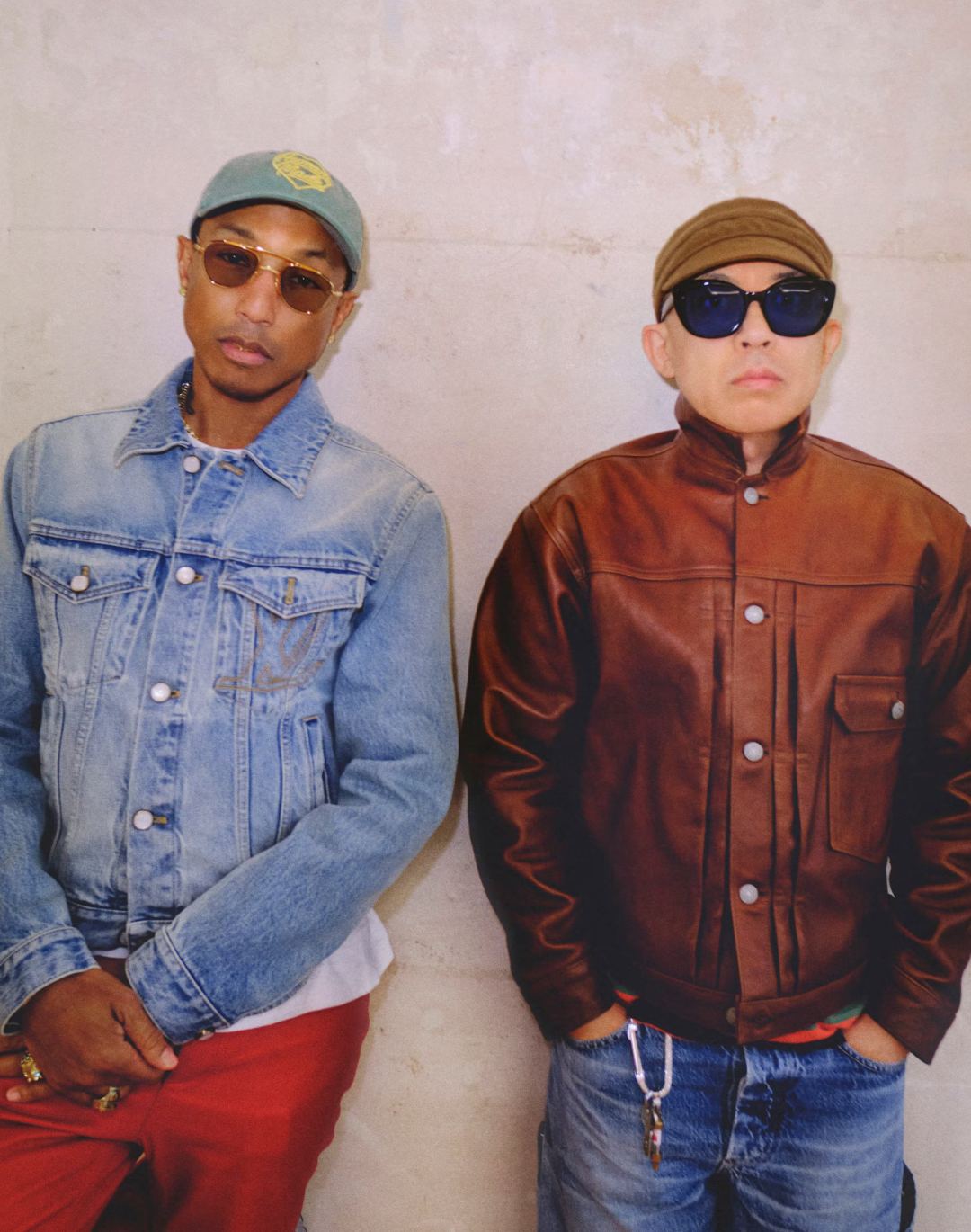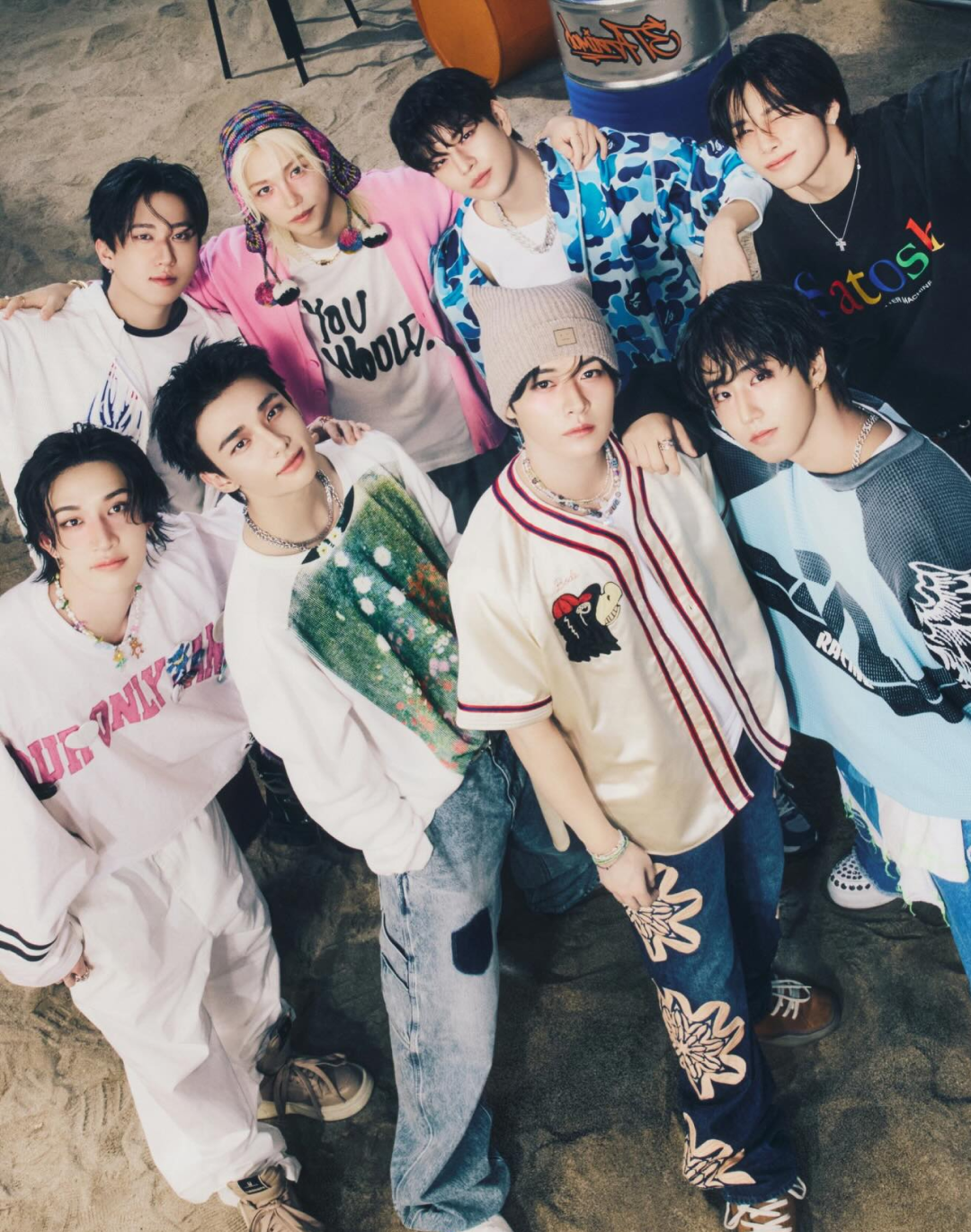
From the Oriental streetstyle to the BAPE's Parisian success The inauguration of the store has contributed to the spread of the Japanese brand in Europe
The well-known Japanese brand A Bathing Ape, better known as BAPE, was founded in 1993 thanks to the fashion designer Tomoaki Nagao (Nigo). Over time, and with the intervention of the I.T Group in 2011, has gained more and more fame and diffusion, never limiting itself to the Asian continent but intent on conquering the entire planet from the States to Europe.
The Asian style, in recent years, is getting more and more notoriety thanks to a contemporary and futuristic look that, the main fashion addicts, have in regards to design. The clothes, the accessories, the shoes, are no longer aimed at emphasizing the silhouette of the wearer, being beautiful in Japan and in China no longer matters. What really matters is having style going over the top, daring with the over and the art. The concept of aesthetics is becoming increasingly subjective.
BAPE, indeed, has contributed to this diffusion, directing it more towards streetwear and now the brand with shark's teeth has become a growing phenomenon, almost unstoppable. To testify it there is the store inaugurated nothing less than in the magical Paris. Indeed, the capital of love and haute couture will host an A Bathing Apen store entirely in white marble with a bare background for colorful hats, T-shirts and sweatshirts. To decorate it there will be the works of Adam Lister, an artist known for the exaggerated pixel rendering of famous paintings.
A location that blends art, fashion, streetwear together with Oriental and Occidental culture that, never before, are so parallel.
The challenge for high-end brands such as BAPE is to find the right balance, said Guillaume Pats, manager of Galeries Lafayette and responsible of the brand management in France.
“The appeal draws from limited distribution. It is important they have a certain scalability in order to exist on the global market, without going too far in order not to lose appeal", he noted.
A climb to the success and diffusion of Oriental streetwear or an attempt to overcome Occidental fashion?















































